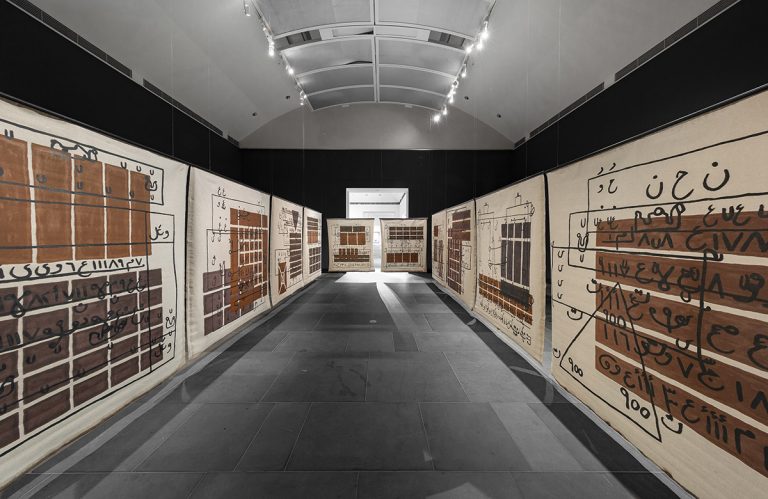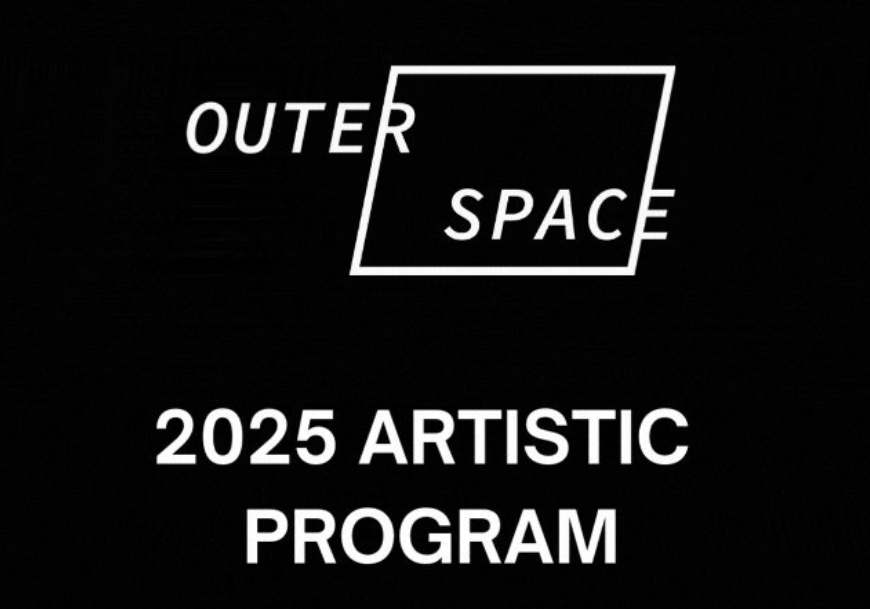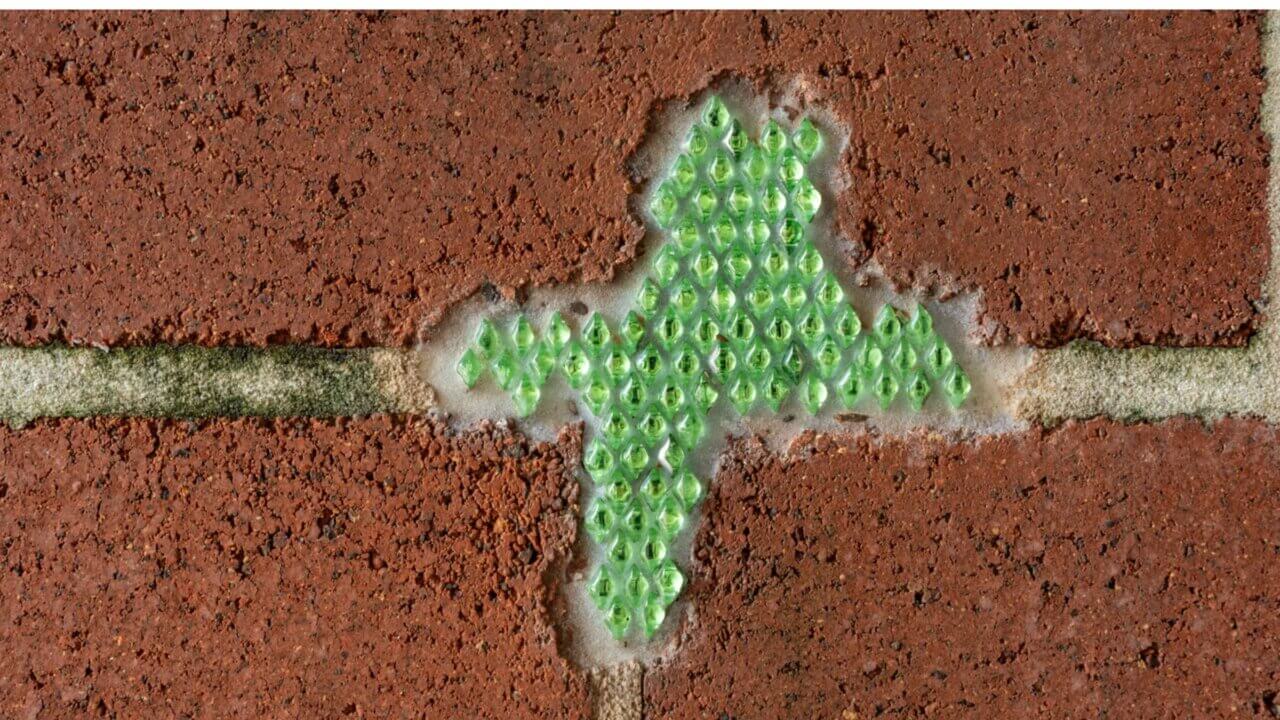
“The body is our general medium for having a world.”
― Maurice Merleau-Ponty, Phenomenology of Perception
Interdisciplinary art practice facilitates multiple forms of engagement. By expanding the boundaries of medium specificity the attention shifts from its inherent limitations to the possibilities. Dominic Byrne’s 2016 exhibition, BUST THIS FLESH PIT, celebrates this crossover by drawing attention to the space and place in installation practices. Byrne questions the viewership and object dynamic to consider the role of the artist’s performing body in video art. The artist mediates on the visibility of the body from the perspective of digital technologies. The camera becomes the filter in which the performative body manifests itself to the spectator. In this way, there is a doubling of both the self and audience, allowing for intersubjective structures of vision that investigate representations of identity, gender, self and other, self and the social world.
In terms of phenomenology, BUST THIS FLESH PIT investigates the a priori of correlation that characterises the being as what present itself in its appearances only by being absent from them, as offering itself up to an exploration, in the face of which it continuously steps back or withdraws. From this, these works identify the interrelationship between the physical manifestation of the artist’s body and its affiliation to the self, in order to bust out of the established ways of viewing the body to champion autonomy over oneself. Byrne’s large-scale ironic text based work i.e., You engages in a meta-critique of the perceptions attached to the body, arguing that autonomy over oneself is an act of performativity. This concept acts as thread, intertwining the sculptures and video art which points towards the conclusion that gender is not something one is, it is something one does, a sequence of acts, a verb rather than a noun, a ‘doing’ instead of ‘being’[1].
Consequently, both the sculptures and video performance are in a constant state of self-awareness. This self-awareness breeds uneasiness for the spectator, since as they watch, they too are being observed. This is reflective of Byrne viewing himself through the apparatus of a lens. This uneasiness serves to critique what and how we ‘watch’ in the contemporary world and how this feeds into autonomy. Byrne further examines this through a political charged lens in by delving into normative structures of self and other. Intrigued by the current ISIS beheadings, Byrne’s work Me N’ My “Guernica” (Iwabt2fuckanISISprisoner.jpeg) suggest that the philosophical and antithetical parameters that delineate self from other are being subverted. This paradigm is challenged given that the traditional definition and gender representation of the masculine is in flux. The absence of the body within the sculptural works extends this instability within normative discourse. Masculinities are constructions of gender, which involve the simultaneous treatment of the body as a signifier for the representations of normativity and the constant destabilisation of those representations. These works offer temporary ruptures in the organisation of normative structures, which predispose universal privilege to white male bodies. As Judith Butler asserts “gender is not to culture as sex is to nature; gender is also the discursive/cultural means by which “sexed nature” or “a natural sex” is produced and established as “prediscursive,” prior to culture, a politically neutral surface on which culture acts”[2]. In this way BUST THIS FLESH PIT illuminates the construction of masculinity to champion ‘self contained’ masculinities, and in turn threaten hegemonic categories.
BUST THIS FLESH PIT reverses the notion that identity is the source of more secondary actions, to champion the notion that performativity serves to define identity. It achieves this by looking at the ways in which to view the body and its associated hegemonic categorisations without necessarily using the body to do so. Through abstraction these works are scrutinising the materiality of bodies as a means in which to define them. In subtracting the physical, tangible form, that is perceived as a basis of subject hood and desire, Byrne is suggesting that subjectivity can exist as ‘self contained’ and therefore independent of others. Moreover, Byrne highlighting contemporary disjointed perceptions of the body by transforming it into a sculptable substance that while transmuted, still holds spectatorial desire. This notion of desire is explicably linked with the image. Suggesting even with the absence of the body the voyeuristic tendency to spectate cannot be irrevocably expunged. As a result, the role of subjective perception becomes crucial and the spectator’s contemplation with these works is to mediate on the conditions that compose the ‘self-contained’ identities that advocate autonomy for oneself.
Written by Rosie Hazell.
[1] Judith Butler, Gender Trouble, 25
[2] Ibid, 38.
Essay from ‘Bust This Flesh Pit’ by Dominic Byrne (March,2016)
Courtesy of Fake estate ARI









